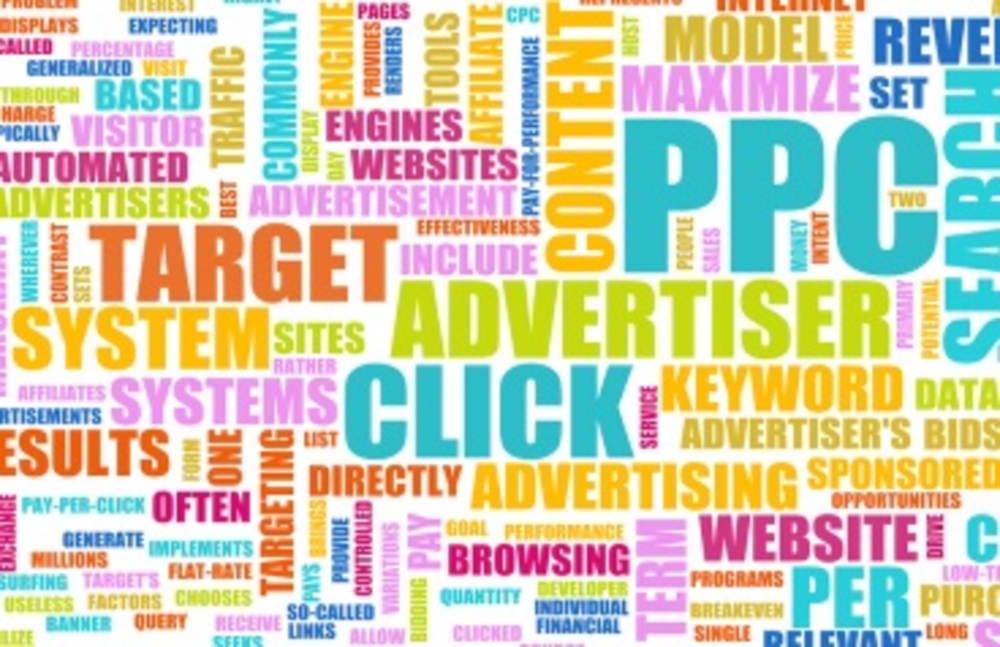There are two ways to improve a venture’s ROI: You can lower costs or you can raise revenue…
…or you can do both. That’s when you start generating ROI that’s so beautiful you can’t look directly at it without being temporarily blinded. You can achieve both of those goals in your pay-per-click (PPC) marketing with two easy steps.
And here they are:
1. Get rid of dead-end leads
Dead-end lead: A lead (a click) that costs you money with no hope of generating revenue because your ad was shown to the wrong kind of prospect.
Dead-end leads are the worst. They can sneak into your PPC advertising easily if you aren’t careful, and they’ll deplete your ROI by driving up costs without bringing in revenue. I’ll give you a personal example. I’m CMO of a marketing company called PostcardMania. One day when I was going over our PPC tracking reports, I noticed we paid for a click from a user who typed “How to Get on McDonald’s Mailing List” into Google. I knew right away that was a dead-end. This user saw our ad because the search query had the words “mailing list” in it. We sell targeted mailing lists to small businesses to use with direct mail campaigns. This user didn’t want that kind of mailing list though. He wanted to get on McDonald’s mailing list so he’ll get coupons in the mail. He’s a very low-quality prospect for us because he doesn’t want or need what we can offer.
I had to find a way to keep our ads away from non-quality prospects like our McDonald’s-loving friend I just mentioned. The answer to this problem is negative keywords. Google allows you to set positive and negative keywords for each PPC campaign. Positive keywords are the keyword phrases used by prospects you do want to see your ads. Negative keywords are keyword phrases that may be indirectly related to your business, but you do not want to target. Google displays your ads to searchers using positive keywords and keeps them away from searchers using negative keywords.
You can find these negative keywords the same way you find positive keywords. Just look for the phrases relevant to your business that will be used by prospects that are not actually looking for the products or services you offer. The use of negative keywords in your campaigns will keep away dead-end leads and get rid of unnecessary costs in your PPC marketing. That’s step one.
2. Maximize revenue with performance tracking analytics
Now that you’ve cut out all unnecessary costs, the next step is to crank up the revenue generation. To do that you need to focus your efforts on the ad designs and keyword strategies that generate the most revenue. Well, how do you know which ones are bringing in revenue? The answer is you need to track all your PPC campaigns using Google Analytics. With Google Analytics you can keep track of your PPC performance across tons of metrics to show you which ones are generating real revenue and not just a lot of clicks. Clicks are good, but if they’re not leading to revenue they’re just hurting your ROI.
Find out which ad designs, which messages, and which keywords are giving you the most revenue, and then create more ads that target those winning strategies. It’s great to experiment with new tactics too, but you need to be tracking everything. That way you can see what’s working and what isn’t. Analytics tracking gives you a compass that leads you where there’s money to be made.
These two tactics cut down your PPC costs and increase your revenue so you can experience an incredible ROI from your PPC efforts. We tried it and it worked for us. It will work for you too. Just keep at it.
Sarah Kicinski is CMO of direct mail marketing firm PostcardMania. Find Sarah on Google+.








